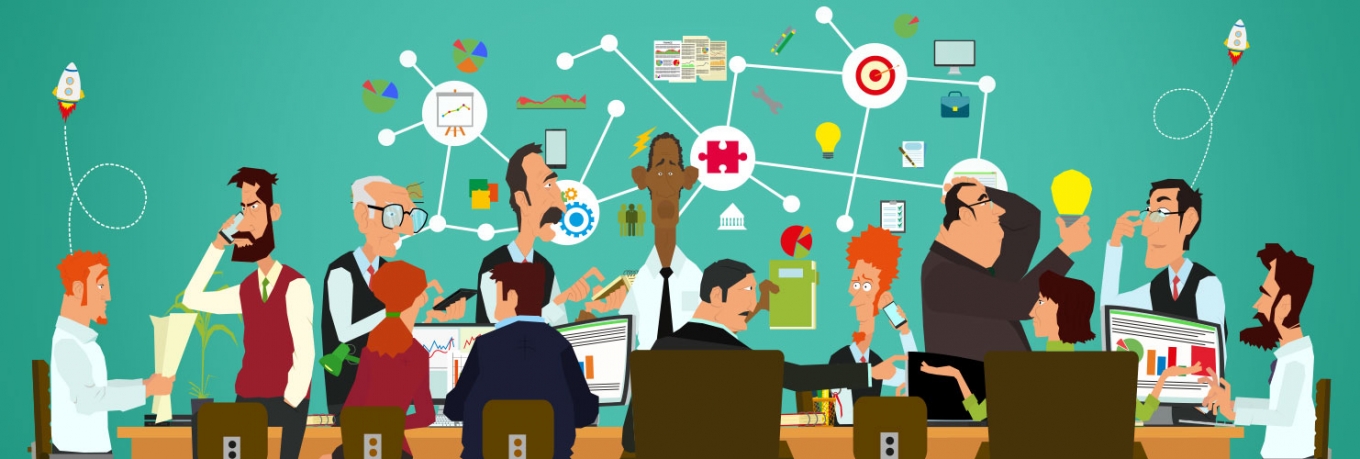‘How do you create an office environment that’s conducive to creativity?’
We came across this infographic from Podspace, producers of innovative buildings and super-cool eco pod offices. The infographic discusses how to create a space where students of all ages can learn and develop without boundaries in immersive environments.
Podspace put together the infographic that highlights the benefits of a good creative working space and although the piece focuses on an educational environment, we love the way that many of the principles can be applied to any office space.
So what exactly does a creative workspace look like?
Well, it doesn’t have to replicate something from Google or Facebook, with deck chairs, gaming rooms and helter skelter slides. It can start with the small things, the little, thoughtful design considerations rather than the big transformations that carry the even bigger price tags. Considerable change can be achieved through small, incremental improvements.
Colour can play a key part – beginning with a neutral shade for the walls and some colourful furniture can transform a drab office space into a light, airy environment that can support a culture of creativity.
Space is important too, especially if you have a limited amount, so tidying away clutter and having a laptop instead of a bulky desktop computer can make a huge difference to an individual’s desk space.
Where to begin?
It’s important to understand your audience. Find out what employees want and need, spend time observing behaviour and gathering feedback about what stands in the way, identify which areas block the creative process and what would help to make the office a more suitable environment. This way, you’ll also be getting buy-in from the start as employees help to shape and develop their own working environment.
Open-plan offices have become increasingly common and are conducive to collaboration and the sharing of ideas. Creating a dedicated central area or focal point where casual meetings and thought-provoking conversations can take place is a good start. Encourage colleagues to share thoughts on projects they’re working on, interacting in a natural, relaxed environment. We loved the idea of an ‘employee graffiti wall’ shared by @frannycoll of Coventry City Council – a great way to share thoughts and ideas in a genuinely honest and open way.
Set up seating areas in breakout rooms for last minute meetings and brainstorming sessions too. Establish where employees like to gather for lively conversation and develop this space, remembering that it’s also important to have the right amount of private, secluded areas should a team member need quiet time alone.
Work in progress
Little changes like reorganising space needn’t be costly; they can easily be tested out and are a great way to learn about what works and what doesn’t. Try out some new ideas but see it as a work in progress project and celebrate the successes.
Take a look through the infographic for more thoughts on how to develop your workplace and build the foundations of an office culture that supports learning, development and creativity.

















